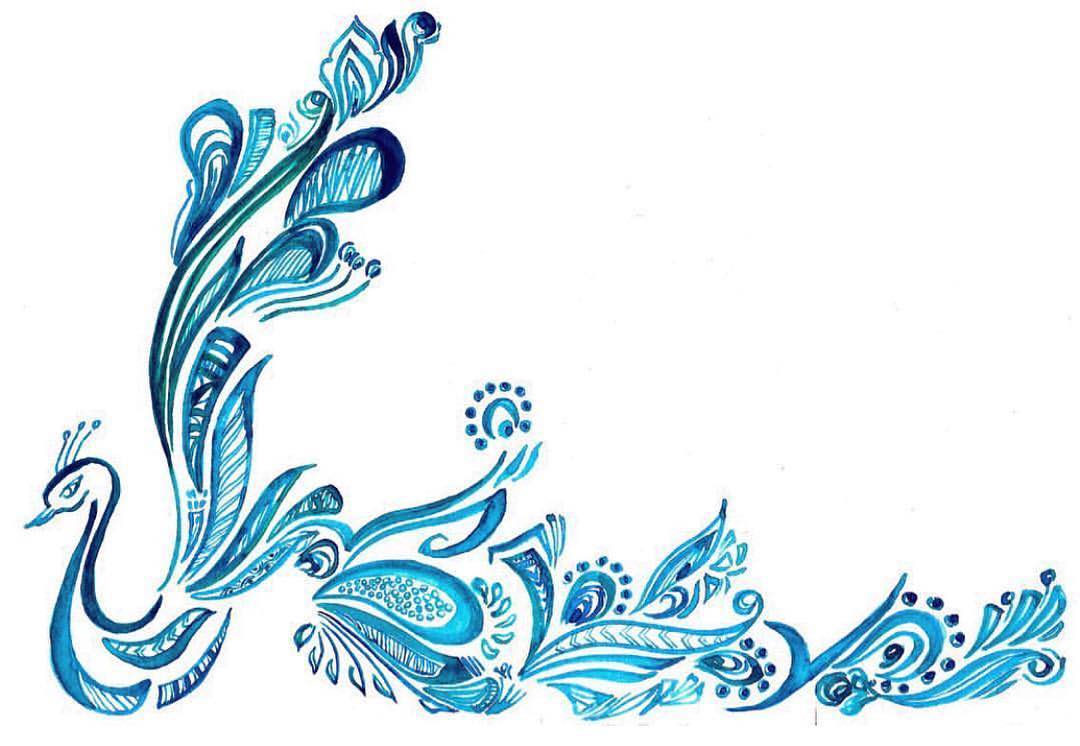Vannam Components
The Sinhala Sangeetha Sastraya - the art of Sinhala music requires three elements to make it complete:
- The Geetha - Song
- The Vadita - Instrumental playing
- The Nritya - Dance
Therefore, all Vannam have been composed employed the following three scales.
- The notes of the musical scale
Sa - Ri - Ga - Ma - Pa - Da - Ni (7) - The notes of the drum scale
Tha - Ji - Thon - Nun (4) - Time measure of dance - Thith Manana
(i) Thei - Thei
(ii) Thith - Thei
(iii) Thith - Thith - Thei etc. (7)

There are seven components of the Vannam dances:
- Thanama – Singing a note of the melody to each syllable
- Thitha – The beat indicated with cymbals giving a rhythmic timing
- Kaviya – The poem vocalized by the dancer
- Bera-matraya – Rhythm of the drum
- Kasthirama – The finale of the first movement of the dance
- Seeru-maruwa – The movement in preparation for Adawwa
- Adawwa – The finale of rhythmic body and foot movements
The classical dance school was expressive of the idea underlying each Vannama since these derived their inspiration from nature, legend and religion. In recent times, however, in order to make the dances more readily understood to an audience which would not comprehend the words of the lyrical poems, there has been an introduction of mime and acrobatics.
In this way considerable scope has been given to individual expression in the presentation of each Vannama. The traditional Ves dancers dance the Vannams without any change in costume, but without the Ves headgear.
Today, the costumes worn to perform Vannam dances are much more extravagant and detailed. They follow close to each Vannam, illustrating the Vannam recitals as closely as possible using the appearance of the performer as aid.
e Previous
History of Vannam
